



For domestic properties, a block of flats is classed as any purpose-built unit containing two or more dwellings, or a house that has been converted into two or more flats. While The Fire Risk Assessment is only required on the communal areas, it must also include the front doors of the individual flats.
The commercial sector includes all workplaces, commercial properties, premises members of the public have access to, accommodation with paying guests, and the common areas to any Houses of Multiple Occupation (HMO).
If you share a commercial premises, for the common or shared areas it is the responsibility of the landlord, freeholder or agents to provide the fire risk assessment. While the responsibility may be shared for the premises in general, you will need to liaise to arrange the appointment of your fire risk assessment for the safety of the people on the premises.
Simply request your quote using our contact form or by phone. Our customer care team will quickly get in touch during opening hours.
We will arrange an appointment with you, carry out the survey, and once completed send you an invoice.
As soon as we receive payment of the invoice, we will email your Fire Risk Assessment. We also offer corporate accounts, with survey delivery on completion and monthly billing.
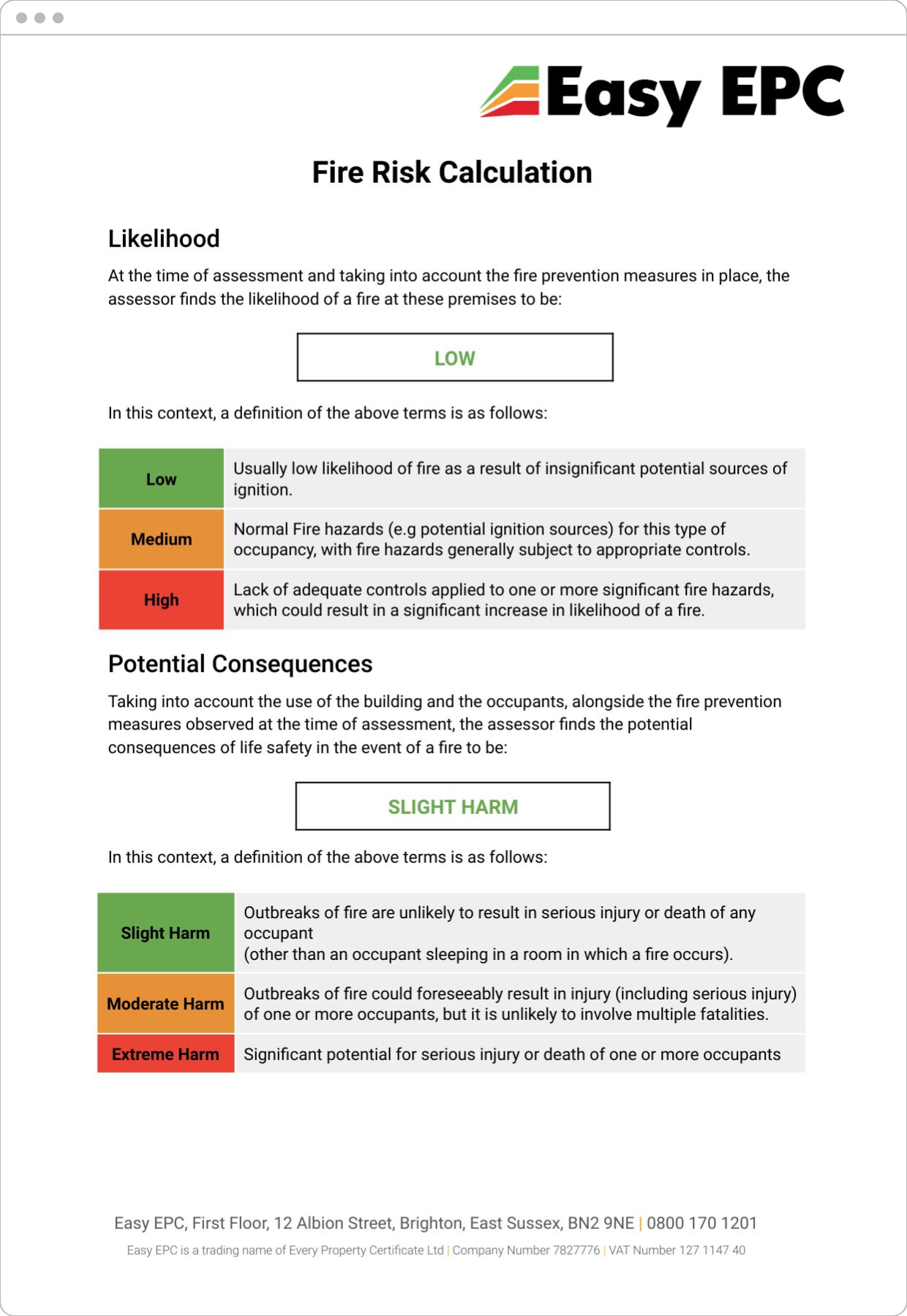
If any intervention is advised, you will need to address these in the first instance. Failure to do so puts yourself and others at risk. It will also make any insurance void in the event of an incident.

If a change occurs in the property that deems the fire risk assessment incorrect or outdated (e.g. change of layout), then the fire risk assessment should be updated as soon as possible after the changes.

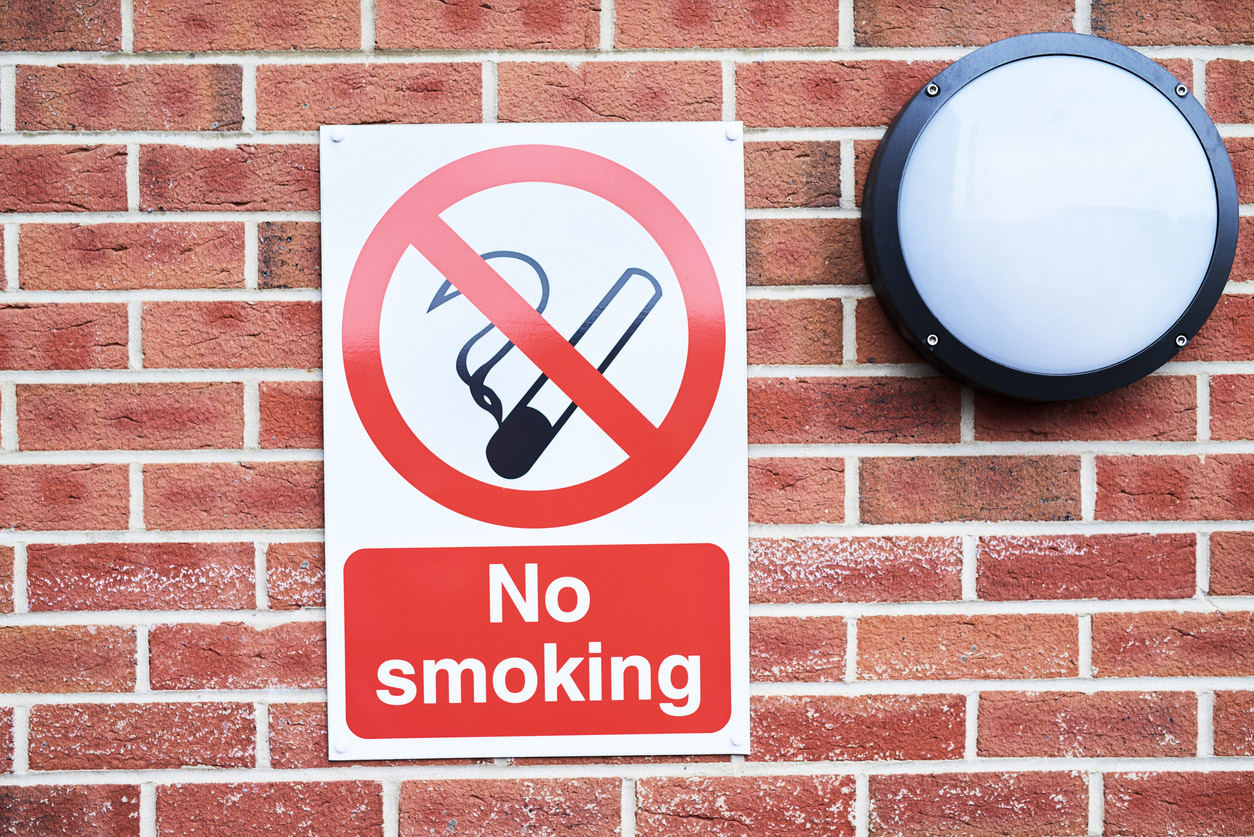
The surveyor will follow certain guidelines and steps to record the relevant information on site before preparing your report.
The surveyor will need to discuss, with a specified point of contact, who could be at risk in and about the premises. Next they will identify the actual fire hazards, which includes all potential sources of ignition, fuel and oxygen.
Following this, the surveyor will assess the risk in comparison to any existing fire safety measures relating to the premises.
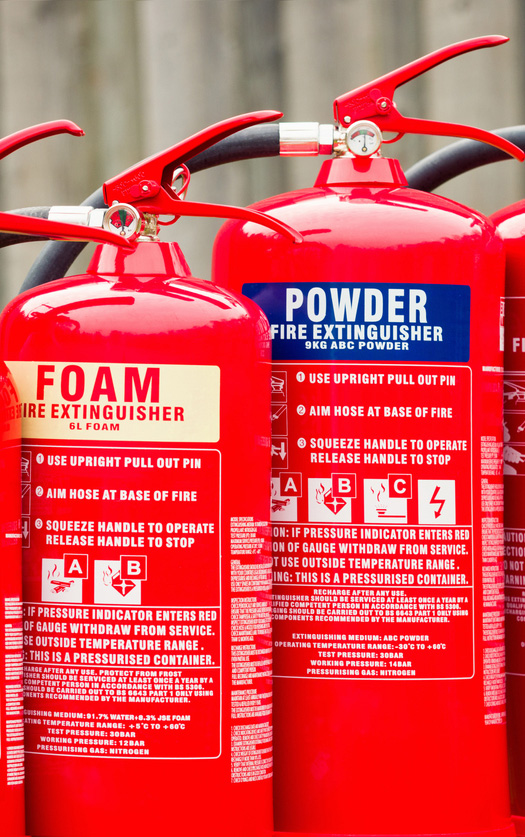
If you have any of the following documentation or record logs for the property, please send it over or provide it to our assessor on the day:
If you’ve had any communication (letters, calls, visits, notices, etc.) from your Local Fire Authority in the last 12 months, please let us know.
If you do not have some or any of the documents and records listed above, this is also okay, the list is generic and not all parts may be relevant for your property.
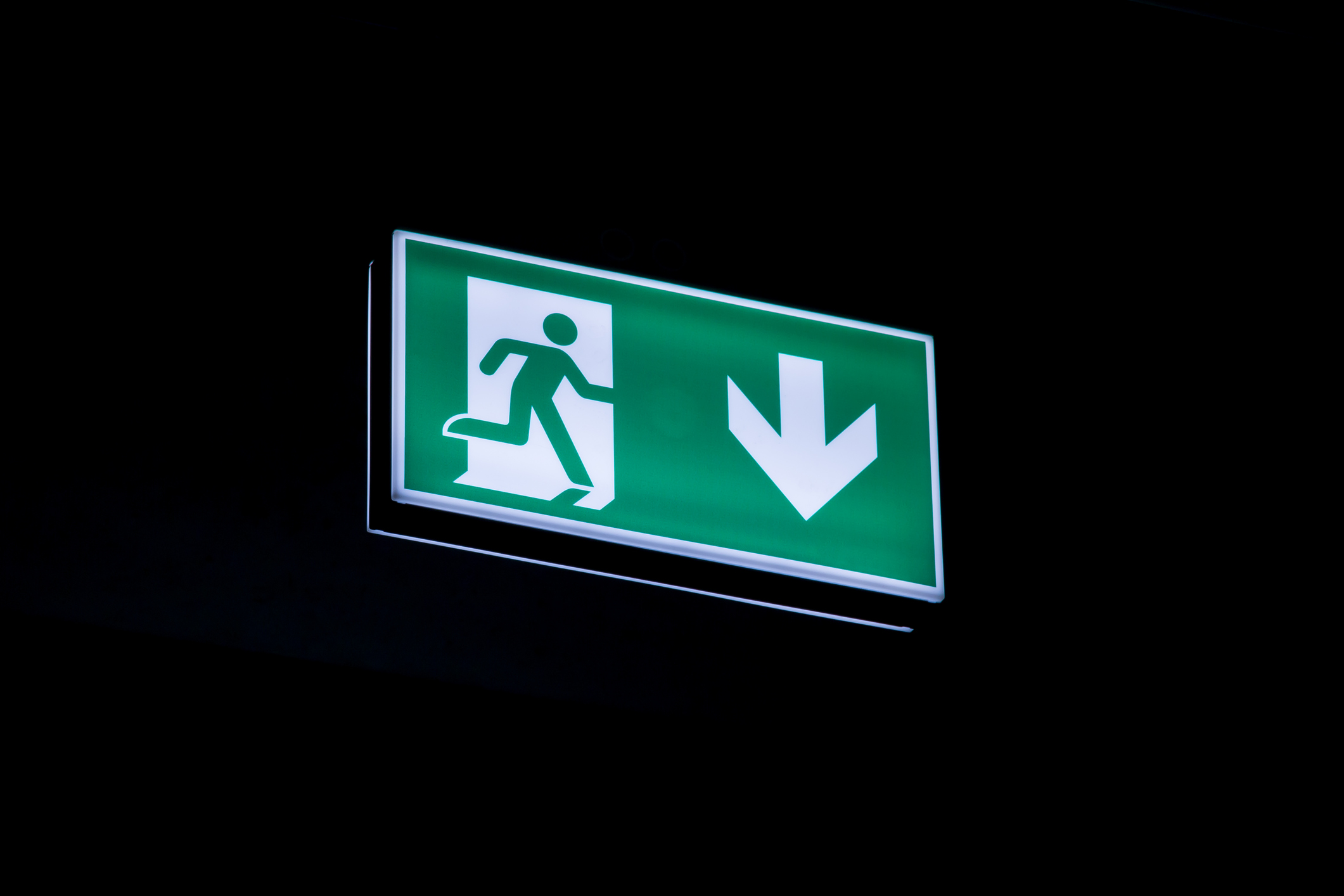
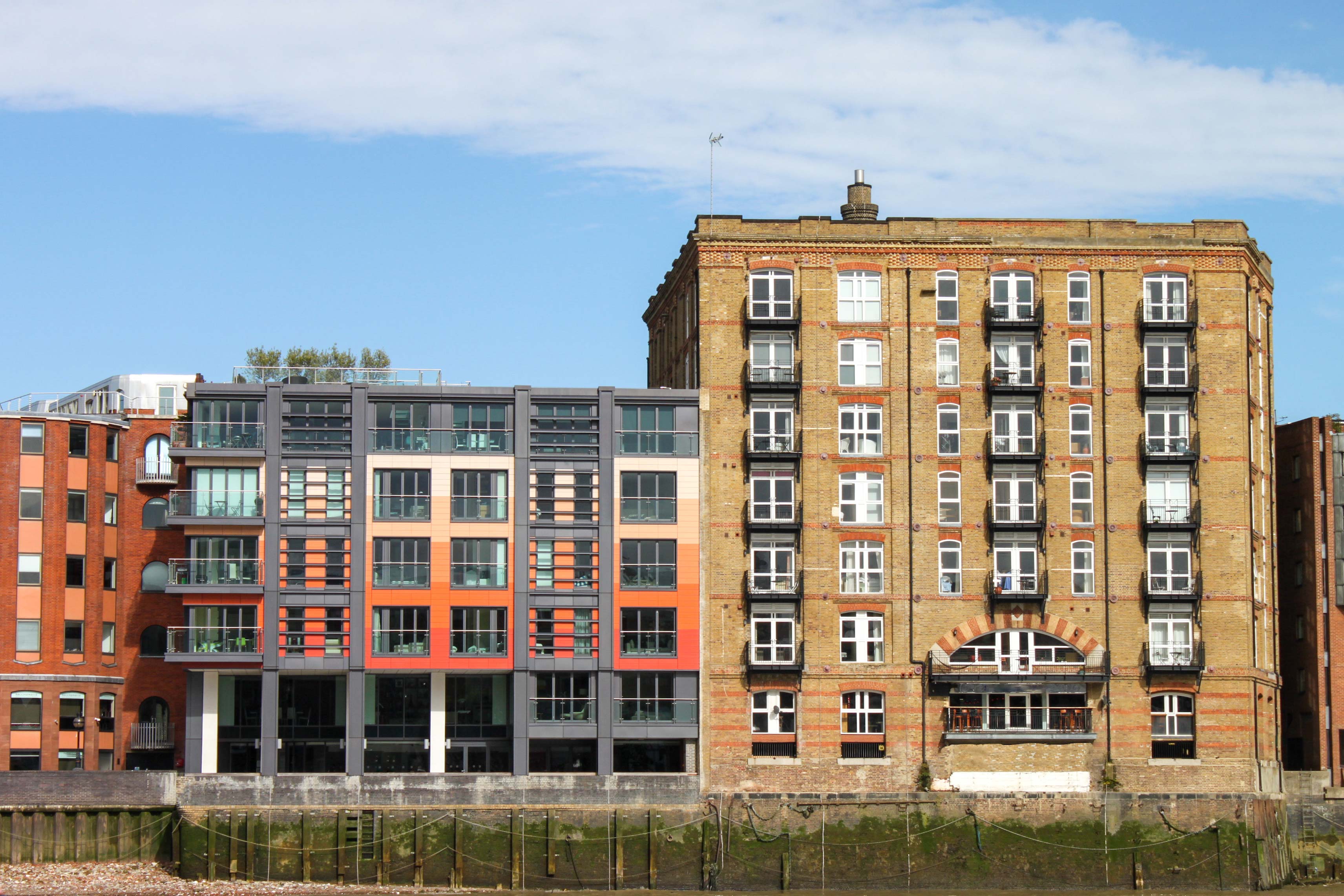
The basic information we need to be able to provide you with a price for the survey is:
Once we have provided you with a quote, if you wish to go ahead and book we will also need invoicing details and contact details for whoever is allowing access on site. We don't charge up-front, but will invoice you for the work on completion, and release your report upon receipt of payment.
After you have booked with us we will contact you or, if you prefer, an alternative site contact to arrange the Fire Risk Assessment. Once we have visited the site and completed your assessment, we will write up your report, outlining any fire risks associated with the property, at which point we will contact you to let you know it's ready, and provide you with an invoice. On payment of the invoice we will email your Fire Risk report.
Use our online booking tool to quickly get a quote for your Fire Risk Assessment.
Our prices start from £199.95 + VAT, depending on size and location of the property.


A fire risk assessment is an on-site survey and report that identifies potential fire hazards and rates the risk, and improvements to reduce risk if necessary.
You will need to get a fire risk assessment if you are any of the following:
An example of a single private dwelling would be a house occupied by only one household.
Commercial premises are legally required to have a fire risk assessment that is written down and recorded.
Domestic properties that are not “single private dwellings” are also legally required to have a fire risk assessment on the common areas of the property. For example, in a block of flats the stairwells, lifts, reception areas, garages, hallways, etc. will need a fire risk assessment. An example of a single private dwelling would be a house occupied by only one household.
HMO fire risk assessment requirements vary depending on locality.
Domestic properties with paying guests (guest houses, B&Bs, etc.) will also require a fire risk assessment.
Fire risk assessments should be reviewed and updated regularly, generally it is recommended that this happens annually.
If a change occurs in the property that deems the fire risk assessment incorrect or outdated (e.g. change of layout), in which case the fire risk assessment should be updated soon after the changes.
Fire safety regulations say that the person completing the fire risk assessment should be “competent”, so they need to be knowledgeable enough to identify the complexity of fire risks potentially present at the property.
For small, uncomplicated properties you may be able to complete your own fire risk assessment following the government's fire risk assessment checklist. However, for larger or more complicated properties it’s advisable to have a trained professional complete your fire risk assessment for you.
Our prices start from £199.95 + VAT, depending on size and location of the property.
Every property certificate, swiftly delivered